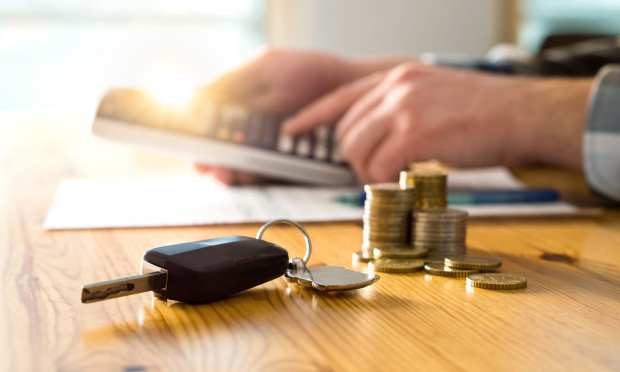Subprime Auto Loan Delinquencies May Point To Bumpy Road For Lenders

It tends to be a truism that in managing daily financial life, success comes down to a matter of triaging.
We tackle the most pressing, most essential expenses first. Think shelter — rent or mortgage payments, depending on your living situation. Then: transportation. We need a way to get from place to place. And in the age of the pandemic, we might well, and understandably, feel safer getting into our own self-contained conveyances to get where we are going.
Might there be warning signs in recent data that show a significant portion of the U.S. borrowing population is having trouble meeting payments on their autos — even in the wake of stimulus payments?
As reported by The Wall Street Journal on Monday (April 5) borrowers with lower credit scores, specifically, subprime borrowers, are missing payments on their car loans. TransUnion noted that 10.9 percent of subprime borrowers — generally defined having credit scores below 620 — are at least 60 days past due on their loans as measured in February, up about 20 basis points from the prior month and up markedly from the 8.7 percent seen a year ago.
No surprise, perhaps, that the pandemic has played a role here. But the data show a continuation, and an increase, in the population that has been delinquent going back six months. And at the end of the fourth quarter, the delinquency rate was 9 percent. At the same time, data from the credit reporting agency show that as of the end of the year, auto loan originations stood at 7.3 million, down from the 7.5 million seen in the third quarter. Subprime financing, according to the Journal, represents about 19 percent of loan originations.
Bumpy Road Ahead?
The numbers might send some ominous signals to the lenders — traditional and digital-first firms among them — that have a presence in the auto market. As reported in this space late last year, 90 percent of new car purchases and half of used car purchases are financed.
“The pandemic accelerated a trend toward digital auto loan origination that has been developing for some time,” Patrick Roosenberg, director of automotive finance intelligence at J.D. Power, said at the end of last year upon the release of the J.D. Power 2020 U.S. Consumer Financing Satisfaction Study. “Many buyers who have secured financing digitally had a great experience and won’t go back to the old way of doing things — even when COVID-19 is no longer a factor.”
But with the rising delinquencies, the fact remains that borrowers are juggling, and perhaps triaging different expenses — not an easy task where, as PYMNTS estimated roughly a year ago, 60 percent of U.S. individuals and families live paycheck to paycheck.
More recently, the Journal noted that car payments represent the largest monthly debt payment for many borrowers who are in the subprime designation, and who may be in service industries such as restaurants or bars (and thus, we note, need wheels to get to work).
Those industries have been severely impacted by the pandemic, leading to what we contend is a vicious cycle. The industries are hard hit, which hurts the ability to draw a paycheck, which impacts the ability to make car payments … which leads to the loss of the car … which may lead to the inability to go to work once economies fully open.
